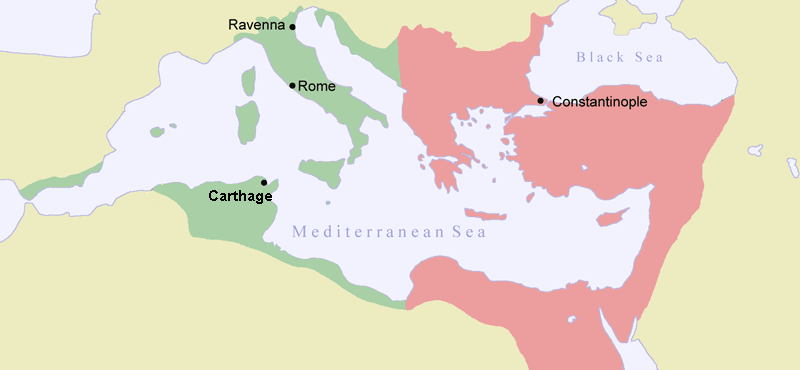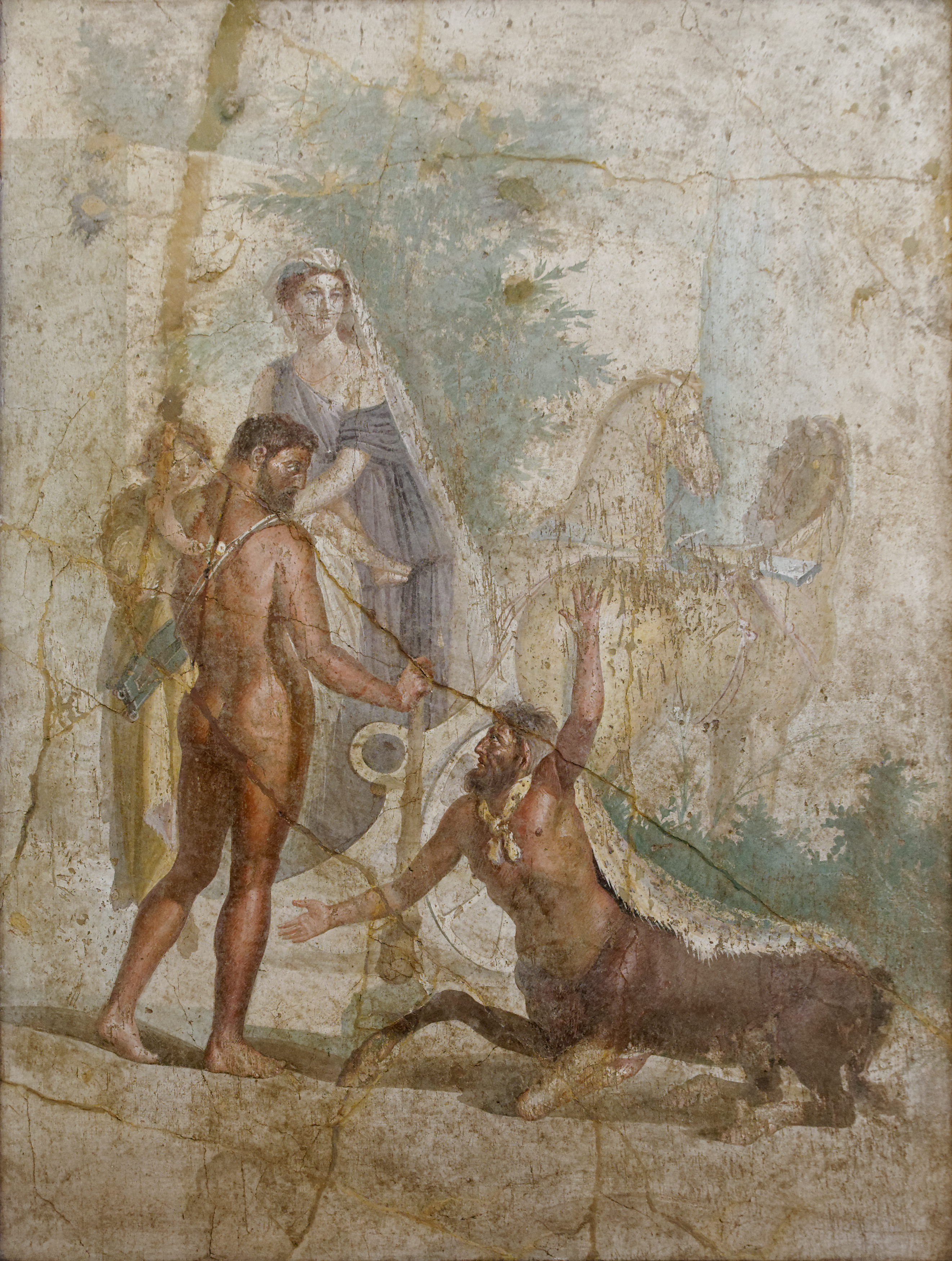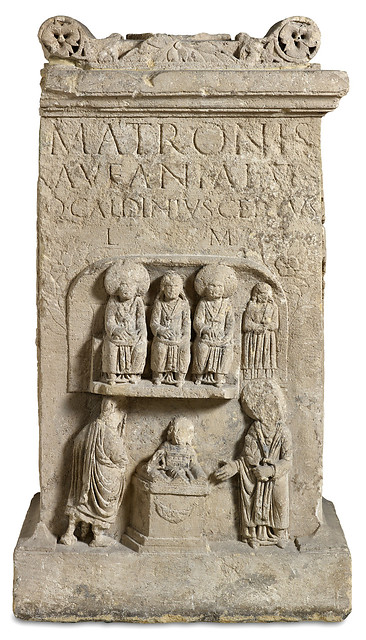|
Nemausus
Deus Nemausus is often said to have been the Celtic patron god of Nemausus (Nîmes). The god does not seem to have been worshipped outside this locality. The city certainly derives its name from Nemausus, which was perhaps the sacred wood in which the Celtic tribe of the Volcae Arecomici (who of their own accord surrendered to the Romans in 121 BC) held their assemblies. Or perhaps it was the local Celtic spirit guardian of the spring that originally provided all water for the settlement, as many modern sources suggest. Or perhaps Stephanus of Byzantium was correct in stating in his geographical dictionary that Nemausos, the city of Gaul, took its name from the Heracleid (or son of Heracles Heracles ( ; ), born Alcaeus (, ''Alkaios'') or Alcides (, ''Alkeidēs''), was a Divinity, divine hero in Greek mythology, the son of ZeusApollodorus1.9.16/ref> and Alcmene, and the foster son of Amphitryon.By his adoptive descent through ...) Nemausios. An important healing-spring ... [...More Info...] [...Related Items...] OR: [Wikipedia] [Google] [Baidu] |
Nîmes
Nîmes ( , ; ; Latin: ''Nemausus'') is the Prefectures in France, prefecture of the Gard Departments of France, department in the Occitania (administrative region), Occitanie Regions of France, region of Southern France. Located between the Mediterranean Sea and the Cévennes, the Communes of France, commune of Nîmes had an estimated population of 148,561 in 2019. Dubbed the most Roman city outside Italy, Nîmes has a rich history dating back to the Roman Empire when the city had a population of 50,000–60,000 and was the regional capital. Several famous monuments are in Nîmes, such as the Arena of Nîmes and the Maison Carrée. Because of this, Nîmes is often referred to as the "French Rome". Origins Nimes is situated where the alluvial plain of the Vistrenque River abuts the hills of Mont Duplan to the northeast, Montaury to the southwest, and to the west Mt. Cavalier and the knoll of Canteduc. Its name appears in inscriptions in Gaulish as ''dede matrebo Namausikabo'' ... [...More Info...] [...Related Items...] OR: [Wikipedia] [Google] [Baidu] |
Volcae Arecomici
The Arecomici or Volcae Arecomici were a Gallic tribe dwelling between the Rhône and the Hérault rivers, around present-day Nîmes, during the Iron Age and the Roman period. Name The meaning of the ethnonym ''Arecomici'' remains unclear. The Gaulish prefix ''are-'' means 'in front of, in the vicinity of', but the translation of the second element, -''comici'', is unknown. The name ''Volcae'' stems from Gaulish ''uolcos'' ('hawk'). Geography Their chief town Nemausus was inhabited since the Bronze Age; its original pre-Celtic name was likely forgotten after the takeover of the settlement by the Celtic Volcae. Another settlement was known as Vindomagus ('white market'). History The Arecomici were probably first recognized or defined as a political entity by Rome around 75 BC. According to anthropologist Michael Dietler, the Roman colonization of the region, which led to the organization of Nemausus as a ''colonia Latina'' in the late 1st century AD, "resulted in the ethnog ... [...More Info...] [...Related Items...] OR: [Wikipedia] [Google] [Baidu] |
True Bug
Hemiptera (; ) is an order of insects, commonly called true bugs, comprising more than 80,000 species within groups such as the cicadas, aphids, planthoppers, leafhoppers, assassin bugs, bed bugs, and shield bugs. They range in size from to around , and share a common arrangement of piercing-sucking mouthparts. The name "true bugs" is sometimes limited to the suborder Heteroptera. Entomologists reserve the term ''bug'' for Hemiptera or Heteroptera,Gilbert Waldbauer. ''The Handy Bug Answer Book.'' Visible Ink, 1998p. 1. which does not include other arthropods or insects of other orders such as ants, bees, beetles, or butterflies. In some varieties of English, all terrestrial arthropods (including non-insect arachnids and myriapods) also fall under the colloquial understanding of ''bug''. Many insects with "bug" in their common name, especially in American English, belong to other orders; for example, the lovebug is a fly and the Maybug and ladybug are beetles. The term is o ... [...More Info...] [...Related Items...] OR: [Wikipedia] [Google] [Baidu] |
Genus
Genus (; : genera ) is a taxonomic rank above species and below family (taxonomy), family as used in the biological classification of extant taxon, living and fossil organisms as well as Virus classification#ICTV classification, viruses. In binomial nomenclature, the genus name forms the first part of the binomial species name for each species within the genus. :E.g. ''Panthera leo'' (lion) and ''Panthera onca'' (jaguar) are two species within the genus ''Panthera''. ''Panthera'' is a genus within the family Felidae. The composition of a genus is determined by taxonomy (biology), taxonomists. The standards for genus classification are not strictly codified, so different authorities often produce different classifications for genera. There are some general practices used, however, including the idea that a newly defined genus should fulfill these three criteria to be descriptively useful: # monophyly – all descendants of an ancestral taxon are grouped together (i.e. Phylogeneti ... [...More Info...] [...Related Items...] OR: [Wikipedia] [Google] [Baidu] |
Celtic Mythology
Celtic mythology is the body of myths belonging to the Celtic peoples.Cunliffe, Barry, (1997) ''The Ancient Celts''. Oxford, Oxford University Press , pp. 183 (religion), 202, 204–8. Like other Iron Age Europeans, Celtic peoples followed a polytheistic religion, having many gods and goddesses. The mythologies of continental Celtic peoples, such as the Gauls and Celtiberians, did not survive their conquest by the Roman Empire, the loss of their Celtic languages and their subsequent conversion to Christianity. Only remnants are found in Greco-Roman sources and archaeology. Most surviving Celtic mythology belongs to the Insular Celtic peoples (the Gaels of Ireland and Scotland; the Celtic Britons of western Britain and Brittany). They preserved some of their myths in oral lore, which were eventually written down by Christian scribes in the Middle Ages. Irish mythology has the largest written body of myths, followed by Welsh mythology. The supernatural race called the ... [...More Info...] [...Related Items...] OR: [Wikipedia] [Google] [Baidu] |
Celts
The Celts ( , see Names of the Celts#Pronunciation, pronunciation for different usages) or Celtic peoples ( ) were a collection of Indo-European languages, Indo-European peoples. "The Celts, an ancient Indo-European people, reached the apogee of their influence and territorial expansion during the 4th century BC, extending across the length of Europe from Britain to Asia Minor."; . "[T]he Celts, were Indo-Europeans, a fact that explains a certain compatibility between Celtic, Roman, and Germanic mythology."; . "The Celts and Germans were two Indo-European groups whose civilizations had some common characteristics."; . "Celts and Germans were of course derived from the same Indo-European stock."; . "Celt, also spelled Kelt, Latin Celta, plural Celtae, a member of an early Indo-European people who from the 2nd millennium bce to the 1st century bce spread over much of Europe." in Europe and Anatolia, identified by their use of Celtic languages and other cultural similarities.. "C ... [...More Info...] [...Related Items...] OR: [Wikipedia] [Google] [Baidu] |
Roman Republic
The Roman Republic ( ) was the era of Ancient Rome, classical Roman civilisation beginning with Overthrow of the Roman monarchy, the overthrow of the Roman Kingdom (traditionally dated to 509 BC) and ending in 27 BC with the establishment of the Roman Empire following the War of Actium. During this period, Rome's control expanded from the city's immediate surroundings to hegemony over the entire Mediterranean Sea, Mediterranean world. Roman society at the time was primarily a cultural mix of Latins (Italic tribe), Latin and Etruscan civilization, Etruscan societies, as well as of Sabine, Oscan, and Greek cultural elements, which is especially visible in the Ancient Roman religion and List of Roman deities, its pantheon. Its political organisation developed at around the same time as direct democracy in Ancient Greece, with collective and annual magistracies, overseen by Roman Senate, a senate. There were annual elections, but the republican system was an elective olig ... [...More Info...] [...Related Items...] OR: [Wikipedia] [Google] [Baidu] |
Stephanus Of Byzantium
Stephanus or Stephen of Byzantium (; , ''Stéphanos Byzántios''; centuryAD) was a Byzantine grammarian and the author of an important geographical dictionary entitled ''Ethnica'' (). Only meagre fragments of the dictionary survive, but the epitome is extant, compiled by one Hermolaus, not otherwise identified. Life Nothing is known about the life of Stephanus, except that he was a Greek grammarian who was active in Constantinople, and lived after the time of Arcadius and Honorius, and before that of Justinian II. Later writers provide no information about him, but they do note that the work was later reduced to an epitome by a certain Hermolaus, who dedicated his epitome to Justinian; whether the first or second emperor of that name is meant is disputed, but it seems probable that Stephanus flourished in Byzantium in the earlier part of the sixth century AD, under Justinian I. The ''Ethnica'' Stephanos' work, originally written in Greek, takes the form of an alphabetical ... [...More Info...] [...Related Items...] OR: [Wikipedia] [Google] [Baidu] |
Heracleidae
The Heracleidae (; ) or Heraclids were the numerous descendants of Heracles, especially applied in a narrower sense to the descendants of Hyllus, the eldest of his four sons by Deianira (Hyllus was also sometimes thought of as Heracles' son by Melite). Other Heracleidae included Macaria, Lamos, Manto, Bianor, Tlepolemus, and Telephus. These Heraclids were a group of Dorian kings who conquered the Peloponnesian kingdoms of Mycenae, Sparta and Argos; according to the literary tradition in Greek mythology, they claimed a right to rule through their ancestor. Since Karl Otfried Müller's ''Die Dorier'' (1830, English translation 1839), I. ch. 3, their rise to dominance has been associated with a " Dorian invasion". Though details of genealogy differ from one ancient author to another, the cultural significance of the mythic theme, that the descendants of Heracles, exiled after his death, returned some generations later to reclaim land that their ancestors had held in ... [...More Info...] [...Related Items...] OR: [Wikipedia] [Google] [Baidu] |
Heracles
Heracles ( ; ), born Alcaeus (, ''Alkaios'') or Alcides (, ''Alkeidēs''), was a Divinity, divine hero in Greek mythology, the son of ZeusApollodorus1.9.16/ref> and Alcmene, and the foster son of Amphitryon.By his adoptive descent through Amphitryon, Heracles receives the epithet Alcides, as "of the line of Alcaeus (mythology), Alcaeus", father of Amphitryon. Amphitryon's own, mortal son was Iphicles. He was a descendant and half-brother (as they are both sired by the god Zeus) of Perseus. He was the greatest of the Greek heroes, the ancestor of royal clans who claimed to be Heracleidae (), and a champion of the Twelve Olympians, Olympian order against chthonic monsters. In Roman mythology, Rome and the modernity, modern western world, West, he is known as Hercules, with whom the later Roman emperors, in particular Commodus and Maximian, often identified themselves. Details of his cult (religion), cult were adapted to Rome as well. Origin Many popular stories were told ... [...More Info...] [...Related Items...] OR: [Wikipedia] [Google] [Baidu] |
Matres
The Matres (Latin for "mothers") and Matronae (Latin for "matrons") were female deities venerated in Northwestern Europe, of whom relics are found dating from the first to the fifth century AD. They are depicted on votive offerings and altars that bear images of goddesses, depicted almost entirely in groups of three, that feature inscriptions (about half of which feature Continental Celtic names and half of which feature Germanic names) and were venerated in regions of Germania, Eastern Gaul, and Northern Italy (with a small distribution elsewhere) that were occupied by the Roman army from the first to the fifth century. Matres also appear on votive reliefs and inscriptions in other areas occupied by the Roman army, including southeast Gaul, as at Vertillum; in Spain and Portugal, where some twenty inscriptions are known, among them several ones that include local epithets such as a dedication to the ''Matribus Gallaicis'' "to the Galician Mothers"; and also in the Romano-Cel ... [...More Info...] [...Related Items...] OR: [Wikipedia] [Google] [Baidu] |
Gaulish Gods
Gaulish is an extinct Celtic languages, Celtic language spoken in parts of Continental Europe before and during the period of the Roman Empire. In the narrow sense, Gaulish was the language of the Celts of Gaul (now France, Luxembourg, Belgium, most of Switzerland, Northern Italy, as well as the parts of the Netherlands and Germany on the west bank of the Rhine). In a wider sense, it also comprises varieties of Celtic that were spoken across much of central Europe ("Noric language, Noric"), parts of the Balkans, and Anatolia ("Galatian language, Galatian"), which are thought to have been closely related. The more divergent Lepontic language, Lepontic of Northern Italy has also sometimes been subsumed under Gaulish. Together with Lepontic and the Celtiberian language, Celtiberian spoken in the Iberian Peninsula, Gaulish is a member of the geographic group of Continental Celtic languages. The precise linguistic relationships among them, as well as between them and the modern Insul ... [...More Info...] [...Related Items...] OR: [Wikipedia] [Google] [Baidu] |










